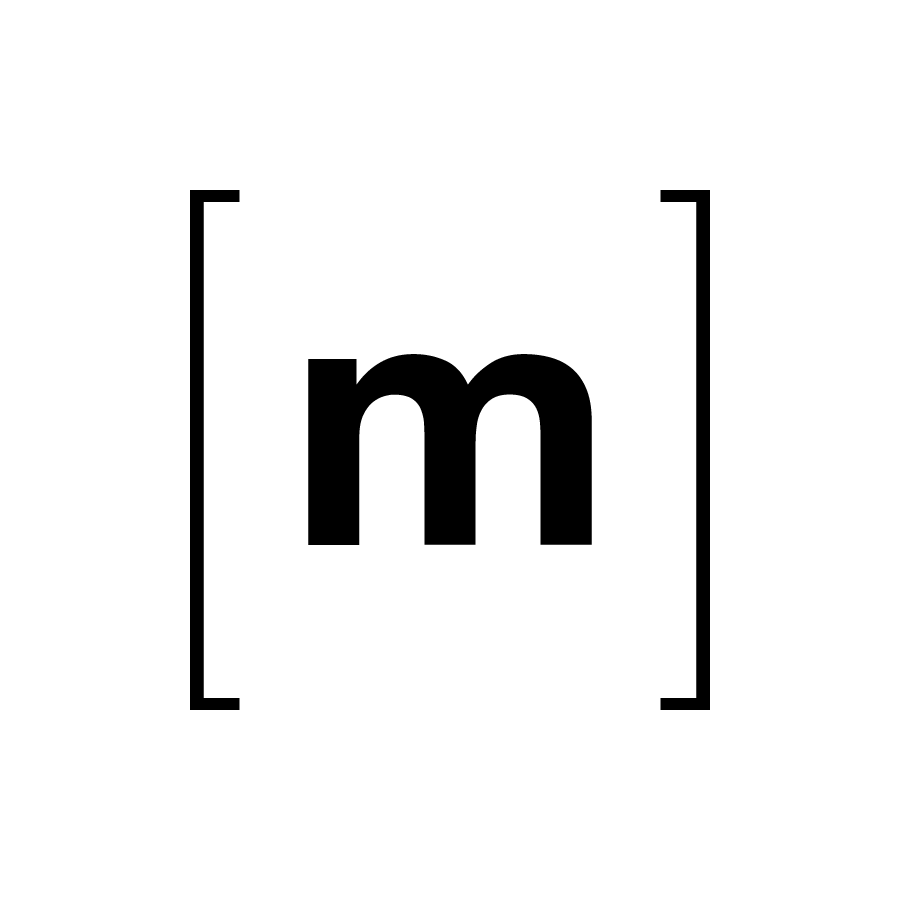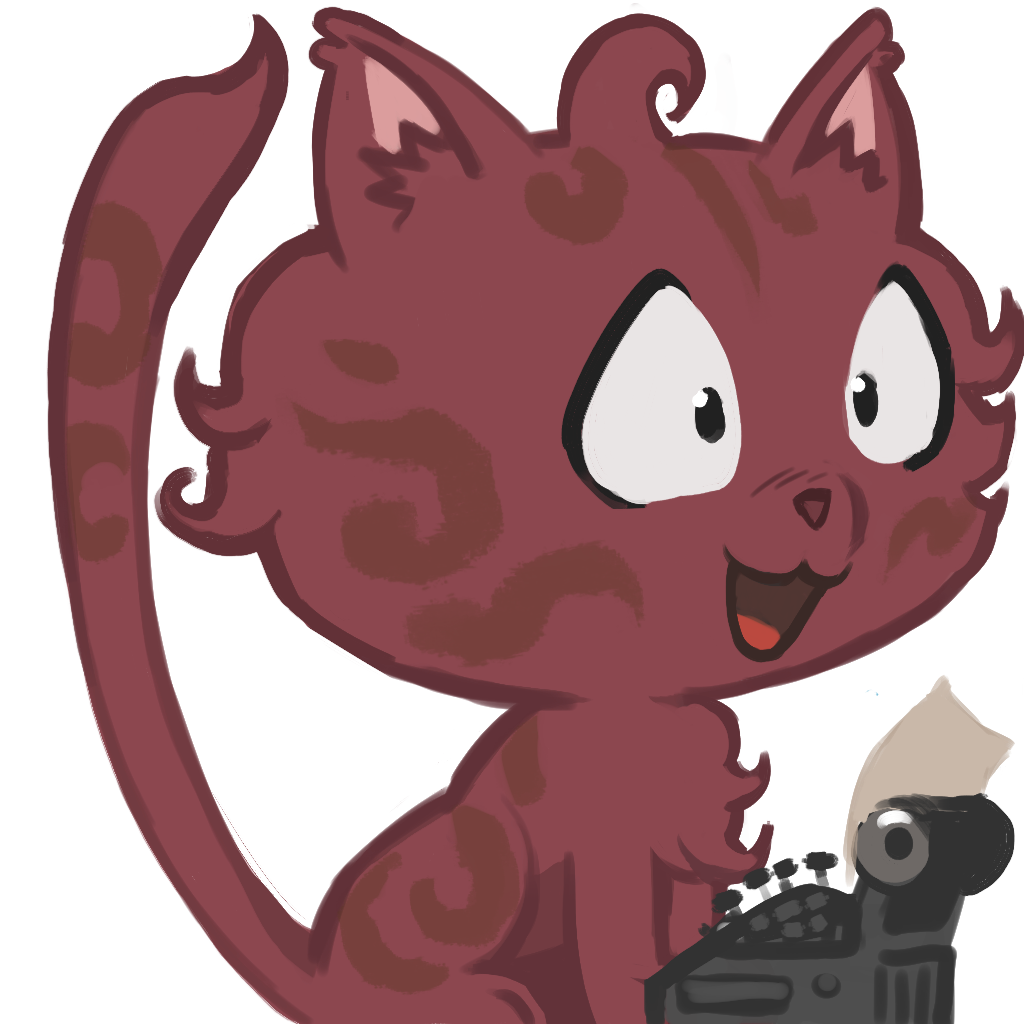why do they keep making it worse
threads are great when used right, especially for very large rooms. it’s the only slack feature i like. that being said, it’s a learning curve. the slack i was in had a custom Thread emoji to remind people to reply in-thread
Personally I’ve found threads useful when used in some workflows.
threads was one of the things I was missing from Element, why does it make it worse? We’ve been having threaded discussions since USENET, it’s good feature.
Chat systems aren’t email, or Usenet, or forums, and while it is a good feature in the context of those async / longer-form communication, where you need the context, it doesn’t work nearly as well for realtime chat, where you already have the context because it happened two seconds ago.
The convention of replying in thread or in channel is a combination of personal preference (I like/dislike or am/am not used to threads), group expectations (we have agreed to reply in threads/in channel), and muscle memory (I mostly talk in channels that reply in thread, but this one expects it in channel). As the number of participants increases, it gets hard to manage, so you get a mix of in-thread or in-channel replies (and in-thread replies to in-channel replies), which leads to a fragmented, inconsistent mess and people complaining about both styles at once.
I can see how this makes it more cluttered, less intuitive, and seem as if the basics aren’t taken care of (e.g., when will we get P2P?). This makes me think of Google Wave, which I think was brilliant. Unfortunately, I understand that many users weren’t able to understand how it worked. I wonder if times have changed enough for people to be able to understand something like threads.
I say that because I think it’s an interesting feature. The only reserves I have is how this will be presented so that cognitive loads are reduced, and the possibility that, even at its simplest, the least technically-savvy users will not intuitively understand it. Maybe that’s also your reserve(?).
If you want to see how it works, you can also look at Zulip, a forum-messenger-mailinglist hybrid.
basics
P2PP2P on Matrix is far from being a basic feature imo
You’re right. In terms of implementation, it apparently isn’t so because it’s technically difficult.
However, many privacy-oriented people consider it a requisite to be able to use it. Insofar a something is considered a requisite, it can also be basic.
What part?
I think that is being converted in a tool similar to Mattermost or Rocket Chat for internal chats in a company.
It is in fact used by the French government.
deleted by creator
I’d rather have the military finance Free software than tossing tax money into proprietary sinkholes. That said, of course in an ideal world we wouldn’t need any military…
I think it can be used for both without trouble.








